Physical Address
304 North Cardinal St.
Dorchester Center, MA 02124
Physical Address
304 North Cardinal St.
Dorchester Center, MA 02124
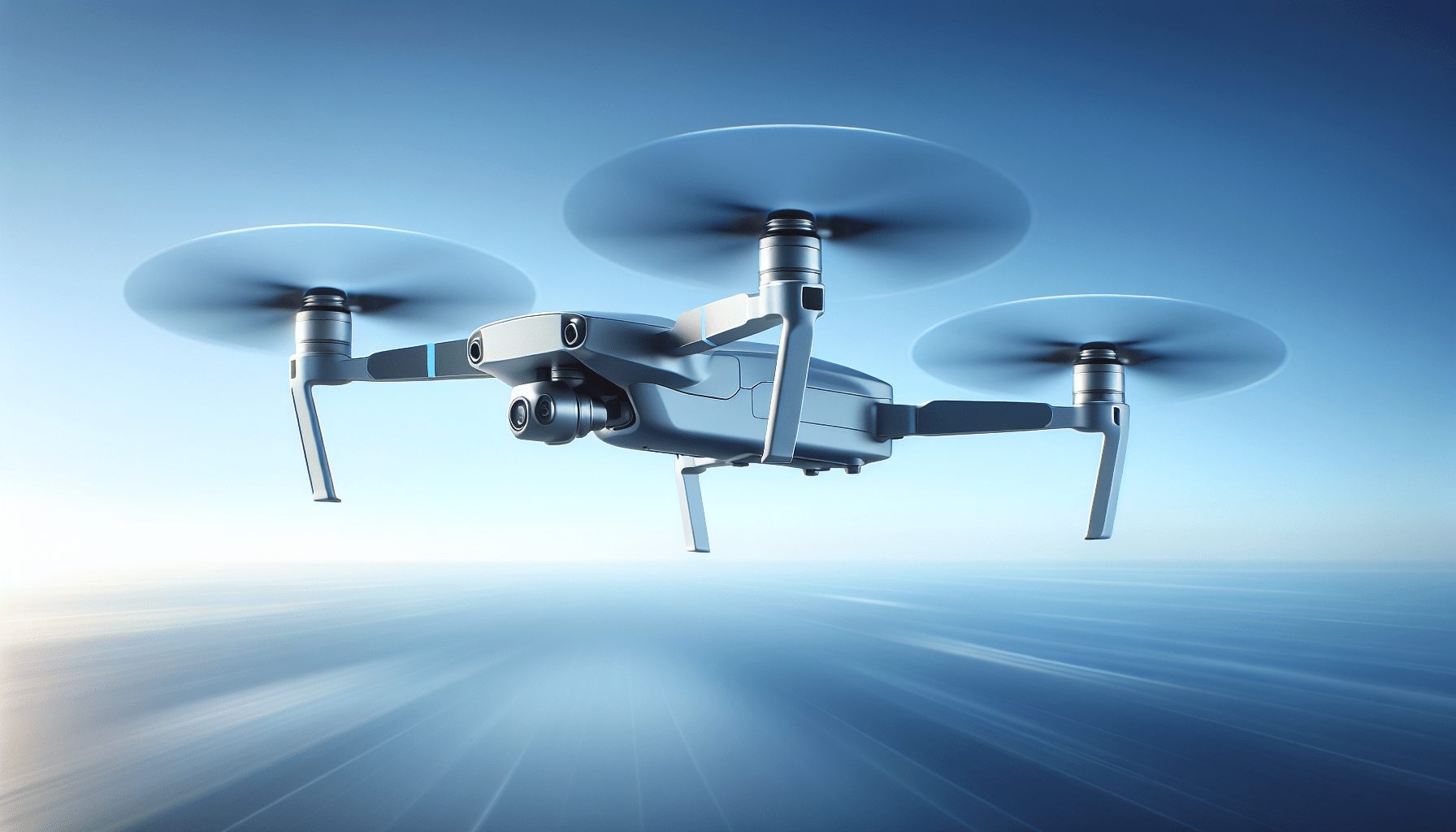

This post may contain affiliate links. As an Amazon Associate, we may earn commissions from qualifying purchases.
Have you ever wondered how drones are controlled? Flying a drone looks simple from the ground, but the technology and systems behind it are profoundly intricate. Whether you’re just curious or you’re considering starting a new hobby (or even a profession), understanding how drones are controlled can be incredibly enlightening.
First and foremost, let’s briefly clarify what drones are. Officially known as Unmanned Aerial Vehicles (UAVs), drones are aircraft without a human pilot onboard. These devices can be controlled remotely or operate autonomously using pre-programmed flight plans. They’ve become increasingly popular in various fields like photography, agriculture, surveillance, and even delivery services.
There are several types of drones, each designed for specific applications. Broadly, drones can be categorized into rotary-wing (e.g., quadcopters) and fixed-wing types. Most consumer drones fall into the rotary-wing category, so we’ll focus more on those.
Rotary-wing drones, such as quadcopters, hexacopters, and octocopters, are the most common among hobbyists and professionals alike. These drones use multiple rotors to generate lift and provide maneuverability.
Fixed-wing drones closely resemble traditional airplanes. They usually require runways for takeoffs and landings and are often used in agriculture, mapping, and long-range surveillance due to their longer flight times.
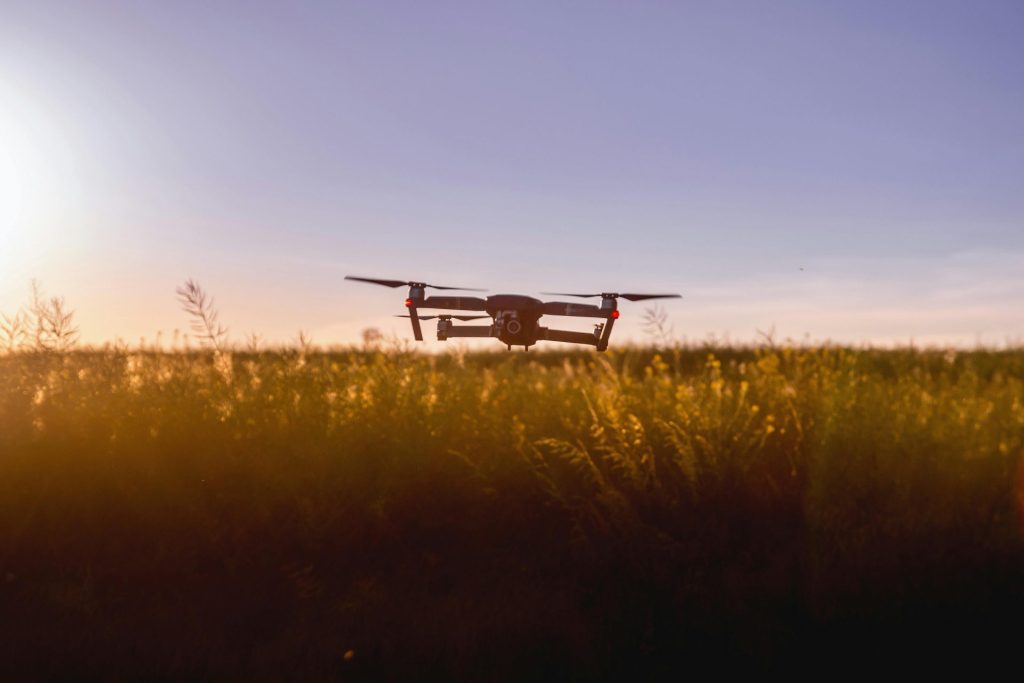
Understanding how drones work begins with knowing their key components. The fundamental parts include:
The flight controller is essentially the brain of the drone. It manages all of the drone’s operations, from maintaining stability to executing complex flight patterns. It collects data from the various sensors and inputs from the remote controller to adjust the speed of the motors accordingly.
The motors provide the necessary thrust to lift the drone off the ground, while the propellers convert this thrust into lift and movement. Different drones use different numbers of motors and propellers, affecting their stability and performance.
ESCs regulate the speed of the motors based on signals from the flight controller. They play a critical role in ensuring smooth acceleration and deceleration, thus maintaining stability during flight.
Most drones use lithium-polymer (LiPo) batteries, offering a good balance between weight and energy capacity. The battery life can significantly affect the drone’s operational time, often ranging from a few minutes to several hours.
The remote controller is your primary interface for controlling the drone. It typically includes joysticks, buttons, and sometimes a screen displaying real-time video feed or telemetry data. Modern controllers often operate on 2.4 GHz or 5.8 GHz frequencies.
Sensors help the drone understand its environment and execute precise movements. Common sensors include GPS, accelerometers, gyroscopes, barometers, and magnetometers. Higher-end drones may also have obstacle avoidance sensors.
Many drones come equipped with a gimbal and camera for capturing images and videos. The gimbal stabilizes the camera, ensuring you get smooth and steady footage even during complex maneuvers.
Now that you’re acquainted with the basic components, let’s explore the principles of drone control. There are several methods to control and operate drones, each serving different needs and levels of expertise.
Manual control involves direct input from a human operator through a remote controller. This method gives you real-time control over the drone’s movements, often requiring a good understanding of the drone’s mechanics and flight principles.
Drones move along multiple axes, and understanding these is crucial for effective control:
Semi-autonomous control combines manual input with automated features for simpler and safer flying. Many modern drones come with features like auto-takeoff, auto-landing, and return-to-home, which can be particularly useful for beginners.
Autonomous control involves pre-programmed flight paths executed without human intervention. This is often done using software or apps on a connected device. Autonomous control is widely used in professional applications like mapping, surveying, and delivery services.
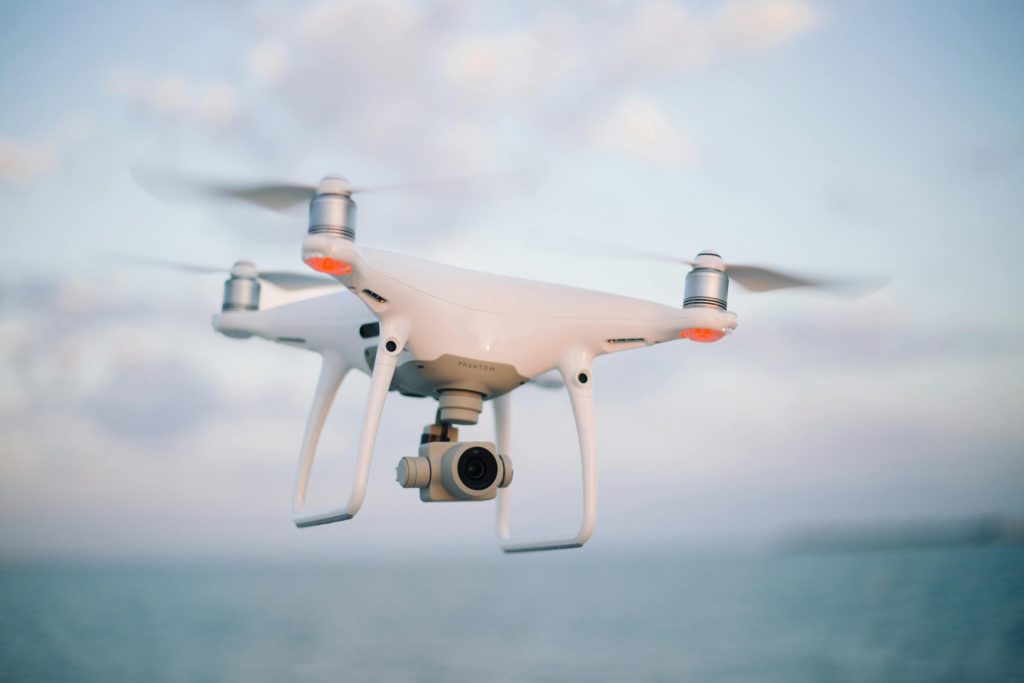
For a drone to follow your commands, it needs a reliable communication system. Let’s delve into how these systems work.
Most consumer drones use RF communication, typically on the 2.4 GHz or 5.8 GHz bands. Higher-end drones may use more robust frequency-hopping spread spectrum (FHSS) or direct-sequence spread spectrum (DSSS) technologies to avoid interference.
Some drones, especially those targeting beginners, use Wi-Fi for control. This offers a simpler setup and integration with mobile devices but often at the cost of reduced range and reliability.
Professional-grade drones may use cellular networks (4G/5G) for long-range communication. This allows for broader coverage and more reliable connections, crucial for applications like surveying and inspection in remote areas.
The table below summarizes the main communication methods and their typical use cases:
| Communication Method | Frequency Band | Range | Use Case |
|---|---|---|---|
| RF | 2.4 GHz/5.8 GHz | Short to Medium | Consumer drones, general hobby flying |
| Wi-Fi | 2.4 GHz/5.8 GHz | Short | Beginner drones, indoor flying |
| Cellular Networks | 4G/5G | Long | Professional drones, long-range applications |
Drones have come a long way, and the technology they employ continues to advance rapidly. Let’s explore some cutting-edge technologies making drones more efficient and easier to control.
Most modern drones use GPS for navigation and positioning. This allows for features like waypoint navigation, geofencing, and return-to-home. Coupled with additional sensors like GLONASS or Galileo, drones can achieve even greater accuracy.
High-end drones come equipped with obstacle avoidance systems, utilizing sensors like LiDAR, ultra-sonic, or infrared to detect and avoid obstacles automatically. This feature can significantly enhance safety and ease of use.
For applications requiring extreme precision, such as surveying and mapping, RTK technology offers centimeter-level accuracy. RTK systems correct GPS signals in real-time, minimizing positional errors.
AI is increasingly being integrated into drones for various purposes, including object recognition, following, and autonomous decision-making. AI algorithms can analyze data from the drone’s sensors to detect and classify objects, enhancing functionalities like obstacle avoidance and target tracking.

Controlling a drone extends beyond just the technicalities; you must also consider the legal and ethical aspects.
Different countries have varied regulations concerning drone operations. These rules typically cover aspects such as altitude limits, no-fly zones, and mandatory registration. Make sure you familiarize yourself with your local regulations to avoid legal issues.
Your drone adventures should not infringe upon anyone’s privacy or safety. Always respect people’s privacy and maintain a safe distance from crowds, wildlife, and manned aircraft.
If you’re new to drones, plenty of resources can help you get started. From online tutorials and forums to certification courses and local clubs, you can find ample support to enhance your skills and knowledge.
Many websites and YouTube channels offer comprehensive tutorials on various aspects of drone operation, from basic flying techniques to advanced photography skills.
Joining forums and communities can provide valuable insights and support. Places like Reddit, Facebook groups, and specialized forums can be excellent platforms for discussing issues, sharing experiences, and learning from seasoned pilots.
For those looking to operate drones professionally, various certification courses can provide formal training. Organizations like the Federal Aviation Administration (FAA) offer certification programs that cover the legal and technical aspects of drone operation.
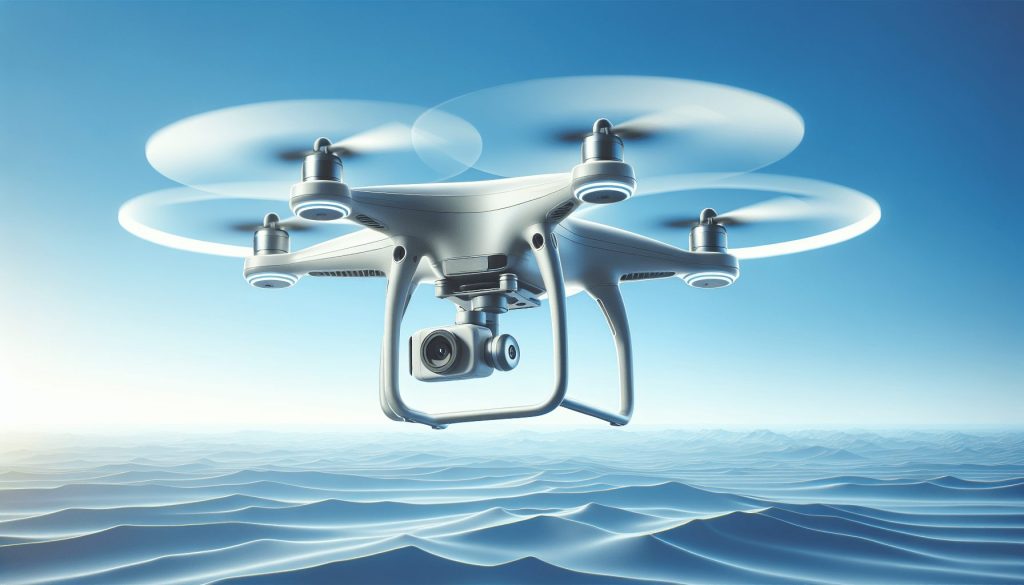
Inevitably, you’ll encounter some problems while operating a drone. Here’s a quick guide to troubleshooting some common issues.
Loss of signal is a frequent issue, and it can be distressing. If you lose signal, first try moving to a higher ground or different location. Often, interference or obstacles can block the signal. Many drones also have a return-to-home feature that activates when the signal is lost.
Battery life can be another common problem. Always ensure your battery is fully charged before flying. Also, invest in spare batteries if you anticipate needing longer flight times.
Calibration issues can affect a drone’s navigation. Most drones will prompt you when calibration is necessary. Follow the manufacturer’s instructions to ensure accurate GPS and compass readings.
The future of drone technology is filled with exciting possibilities. Emerging trends include:
As technology advances, urban air mobility solutions like passenger drones and air taxis are becoming more plausible. These could revolutionize transportation, offering faster and more efficient travel within cities.
Swarming technology allows multiple drones to operate in a coordinated manner. Applications range from search and rescue missions to large-scale agricultural monitoring, offering a new dimension of efficiency and capability.
Artificial intelligence will continue to play a significant role in the evolution of drones. From automated flight planning to real-time data analysis, AI can provide more autonomous capabilities and enhance operational efficiency.
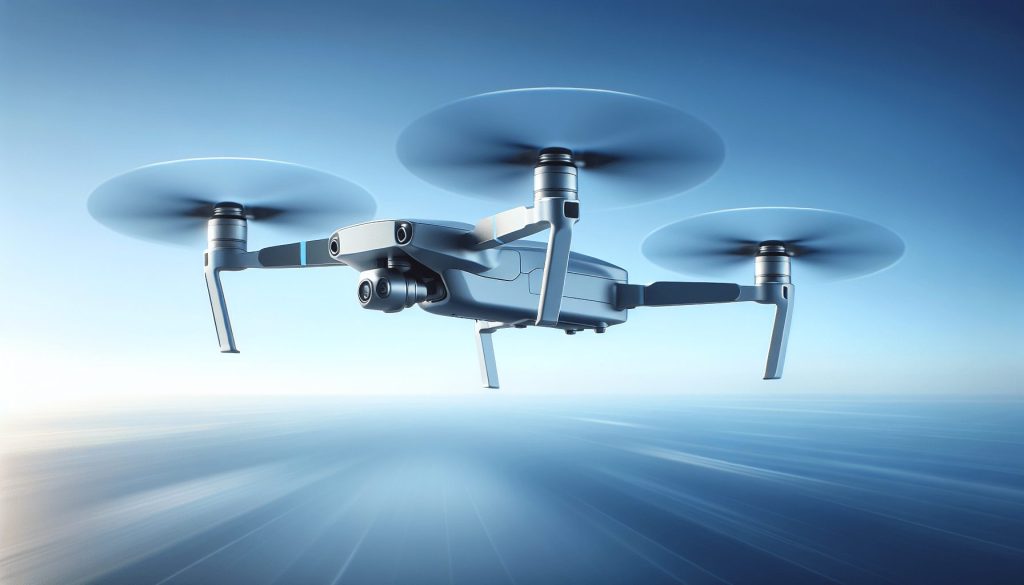
Understanding how drones are controlled involves delving into various technologies, components, and principles. Whether you’re a hobbyist or a professional, this knowledge can significantly enhance your flying experience and capabilities. From manual control to advanced autonomous systems, the world of drone control is as fascinating as it is complex. Enjoy your journey into the skies, and keep pushing the boundaries of what’s possible with drone technology.